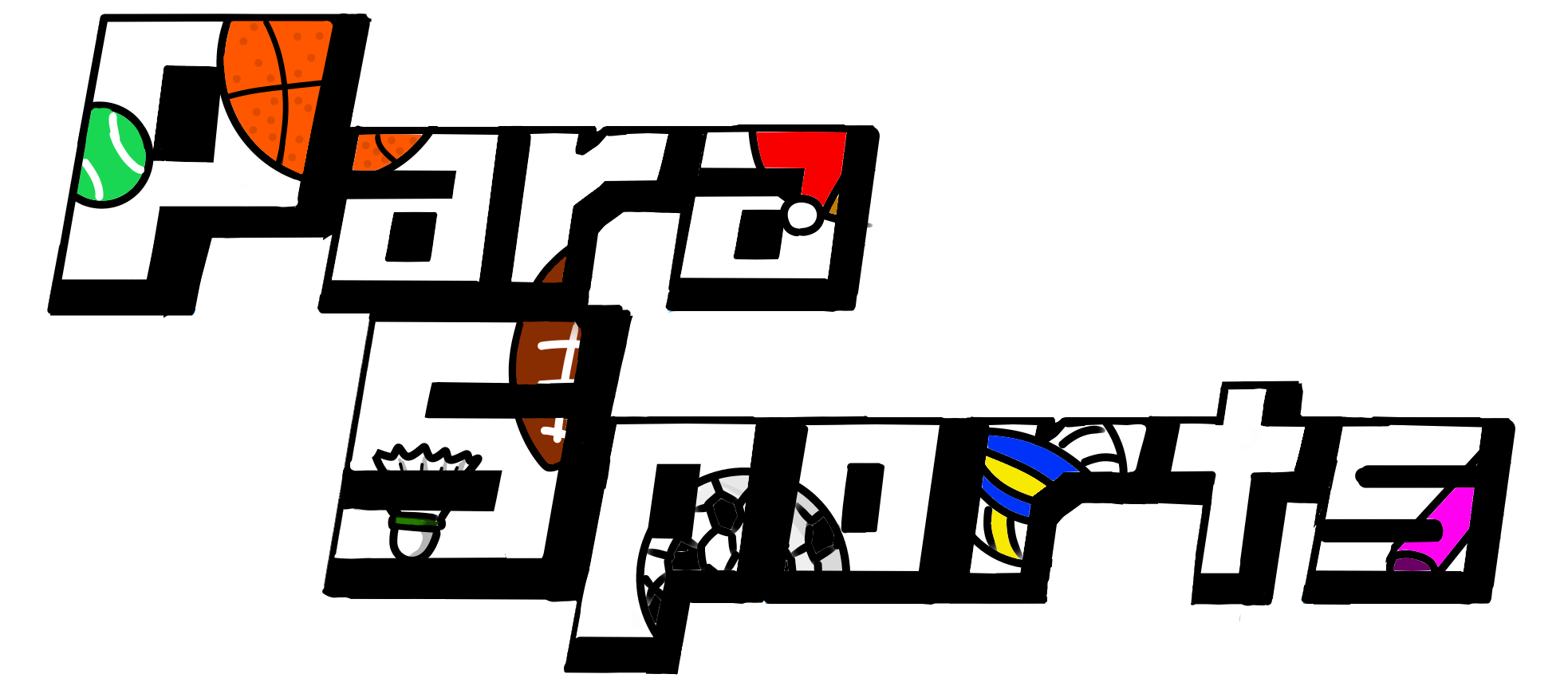Section1. Disabiliy
Basic Knowledge
First of all, disability refers to the inability or condition of a mental or physical organ to perform its function for some reason.
In addition, the Basic Law for Persons with Disabilities (revised in 1993) defines disability as a physical, mental, or intellectual disability addition, the Basic Law for Persons with Disabilities (revised in 1993) stipulates that a person with a physical, intellectual, or mental disability is subject to considerable limitations in daily life or social life for a long period.
Physical disability
Physical disability is a condition in which a person has some kind of impairment in physical functions, such as limb (both hands and both feet) impairment, visual or hearing limitation, etc.
The Welfare Law for the Physically Challenged defines it as "a person 18 years of age or older who has a physical disability and has been issued a physical disability certificate.
Mental Disability
Mental disabilities include schizophrenia, epilepsy, mood disorders, addiction, and higher brain dysfunction.
Schizophrenia
A disease whose cause is not well understood. "Hallucinations" and "Delusions" are the characteristic symptoms.Schizophrenia is a disease with no known cause.
Epilepsy
Seizures occur when a part of the brain is temporarily overexcited for some reason.Seizures may include sudden loss of consciousness or convulsions.
Mood disorder
A disease in which the main symptom is mood swings. When only depression is observed, it is called depression.When depression and mania are repeated, it is called bipolar disorder (manic depression).
Dependence
A condition in which a person deviates from moderate dependence and cannot be satisfied without repeating the behavior.As a result, mental and physical disabilities occur or family life and social life are adversely affected.
Alcohol and gambling are typical examples.
Higher brain dysfunction
Cognitive and behavioral impairments caused by brain damage due to car accidents, cerebrovascular disease, or other illnesses.
It is also called "invisible disability" because it is difficult to see on the outside.
Intellectual disability
Intellectual disability is a disability in which the functioning of intelligence is substandard from birth or early infancy, and the ability to perform normal daily life activities is impaired.
It is a condition in which the ability to perform normal daily activities is limited.
This may be due to heredity or as a result of a disease that affects brain development.
Developmental Disabilities
Please tell me! Disability - ATARIMAE Project" for references shown in the diagram above, developmental disabilities are roughly divided into three categories, each of which has significant characteristics.
1) Autism Spectrum Disorder
Spectrum means "continuum". Autism Spectrum Disorder...Spectrum means "continuum" and refers to a persistent disability in interpersonal social skills and mutual reactions.2) Learning disabilities
These can be further divided into three categories: reading disabilities, writing disabilities, and math disabilities.This means that the person has no physical disability, but despite his or her best efforts, is extremely poor at reading and writing letters and numbers.
3) Attention-deficit/hyperactivity disorder
A disability that causes immobility, such as "I can't sit still," or inattention caused by little things.
These are the major categories. Even if the disability is the same, it can vary greatly from person to person.
Reference Material
Cabinet Office"Reference Material: Status of Persons with Disabilities."
https://www8.cao.go.jp/shougai/whitepaper/h30hakusho/zenbun/siryo_02.html
"Tell me! Disability - ATARIMAE Preject"
http://meguritaxi.com/wp-content/uploads/2016/08/fe26e52e1fb0d7ce3c65a972c5eb68ca.html
Go "Introduction"
